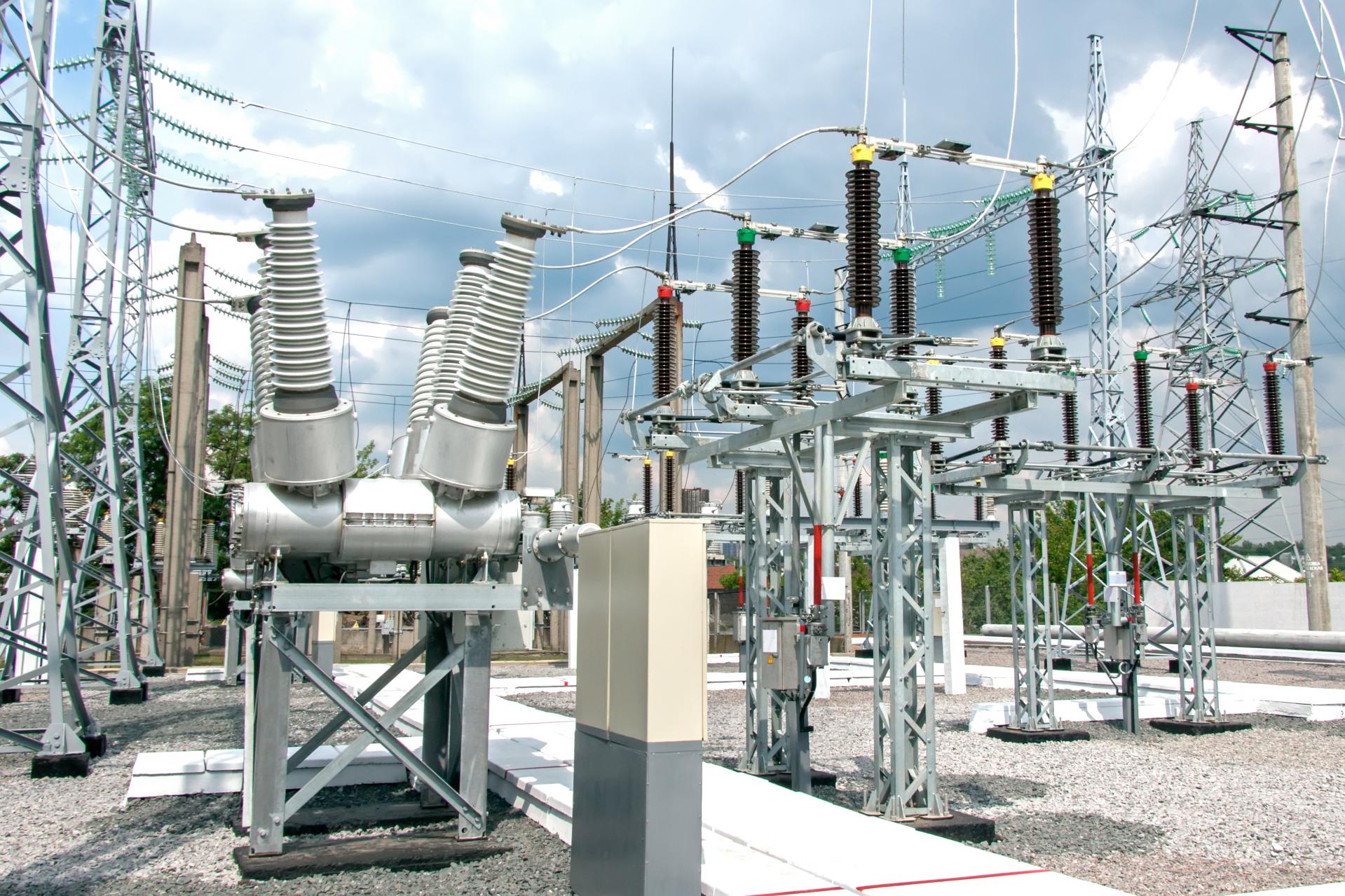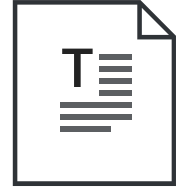As global energy sources change, the risk landscape for the energy generation sector is changing. Samson Rathaur, our Marine Risk Engineer looks at the challenges facing the production, transport and maintenance of transformers.
Around the world Governments and companies are changing how they source their energy, partly because of commitments to improving sustainability for the betterment of the environment and partly as a result of increased global demand. This has created multiple challenges for the energy generation sector and associated insurers; perhaps none more relevant than the production, transport, and maintenance of transformers.
Transformers take electricity, turn it into a magnetic field, and then turn it back into electricity again, enabling the long-distance transmission of electricity with greater efficiency and reduced energy loss throughout the distribution network.
In a world where technology and, therefore, electricity provision are more important than ever, the role of transformers is critical, with a market share worth $22.83 billion in 2022 and an expected compound annual growth rate of 7.1% for the next seven years. [1]
Such is their importance for most power generation projects, power stations, or renewable power networks, that transformers are expected to be listed as “Critical Items.” If lost or damaged, these could cause unacceptable delays to a project: lead times for a transformer can range from six months to a year or more, with 2023 showing this lead time only increasing.
One reason for the changing demand is the shifting nature of our power grids. In many territories, these need to be designed or upgraded to the capacity necessary to handle modern power demands. This is especially evident in the United States, which is seeing the migration of power production away from California eastward towards Texas, a move likely influenced by varying environmental regulations across individual states.
This variance in policy is, perhaps less visibly, influencing power generation and distribution globally, with similar issues arising from the United Kingdom to Latin America. Major renewable energy projects are constructed far away from built-up areas, as a result the distance electricity needs to travel to end users has also increased.
The problem of growth
This is the backdrop against which insurers and the shipping industry manage the risks of transporting equipment critical to construction and growing in size to meet the requirements for modern megaprojects. For such a project, a transformer can weigh over 300 metric tonnes and be the size of a small house.
These transformers, which can be fragile and vulnerable to shock, g-forces, and moisture, now need to be bigger to handle the volumes of electricity flowing through them, allowing energy to travel greater distances to its destination.
Those factors have increased the risk of damage to the transformer during a long and complicated journey, especially when cargo needs to be moved on multiple forms of transport. Road transport remains the most significant risk.
For example, we see transformers being moved from a production site in South Korea, shipped to Bristol, but then needing to move to Essex. All stages of the journey can pose transportation risks, and there are multiple crunch points when fragile cargo can be damaged during loading and unloading. It might even be necessary to dismantle elements of the transformer to meet local transport requirements.
We not only face growing logistical challenges because of the increased size of and demand for transformers, but shipping and port capacity is already at high levels of demand, meaning we must make sure insureds continue to be supported during the project planning stage.
Engineering the future of power generation projects
As insurers, one of our primary responsibilities is to ensure we understand the entire distribution network as well as the potential risks posed to the transformers and incorporate it in planning. Liberty’s Consortium 7763 (the Liberty Project Cargo Consortium) allows us to provide tailored risk management solutions as a one-stop shop for large-scale international construction and the potential consequences of any delays – streamlining a complex set of logistical challenges with a singular focus.
If our industry is to continue to adapt and improve, more companies should look beyond “loss control” as the goal and instead adopt a “risk engineering” approach. In other words: to do much to help mitigate and eliminate risks before they arise.
The preparation required can vary from assessing the route cargo takes during its delivery, the packaging, and even looking to industry to encourage new transport or manufacturing solutions which could help reduce risks. Throughout the surge in technological innovation, we have seen all our appliances become smaller while maintaining and improving capability. Why not transformers as well?
Through intensive and multi-disciplinary planning, we can help mitigate risk, reduce cost and incentivise technological change. As insurers, we have the tools to support clients with those elements. We will be ready to give support – and help create the future of the construction industry.
[1] Power Transformer Market Size, Share & Trends Analysis Report


